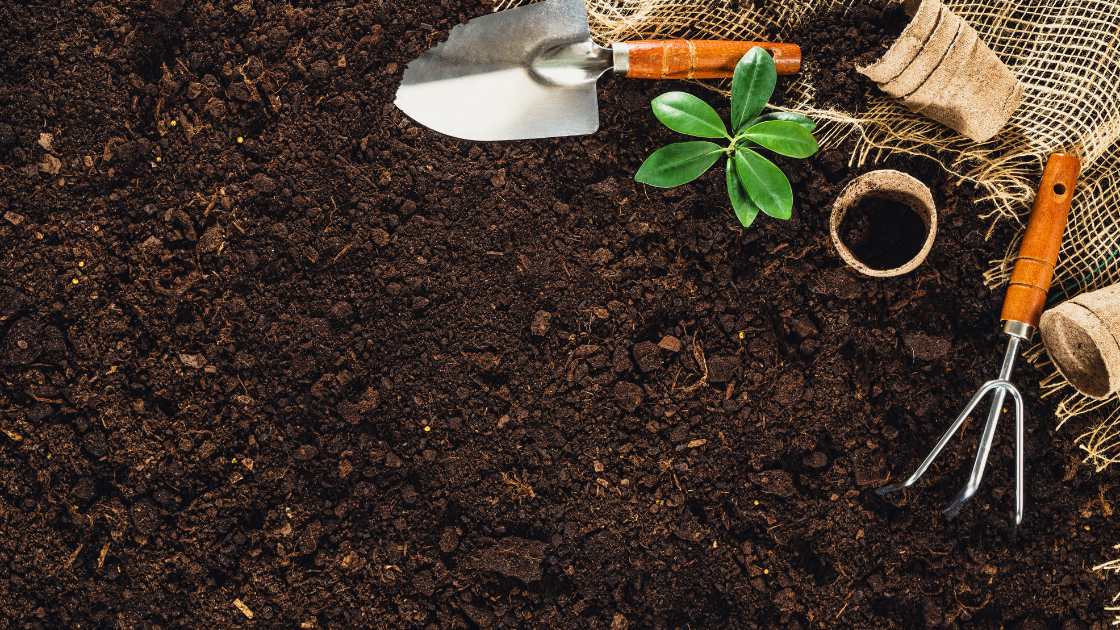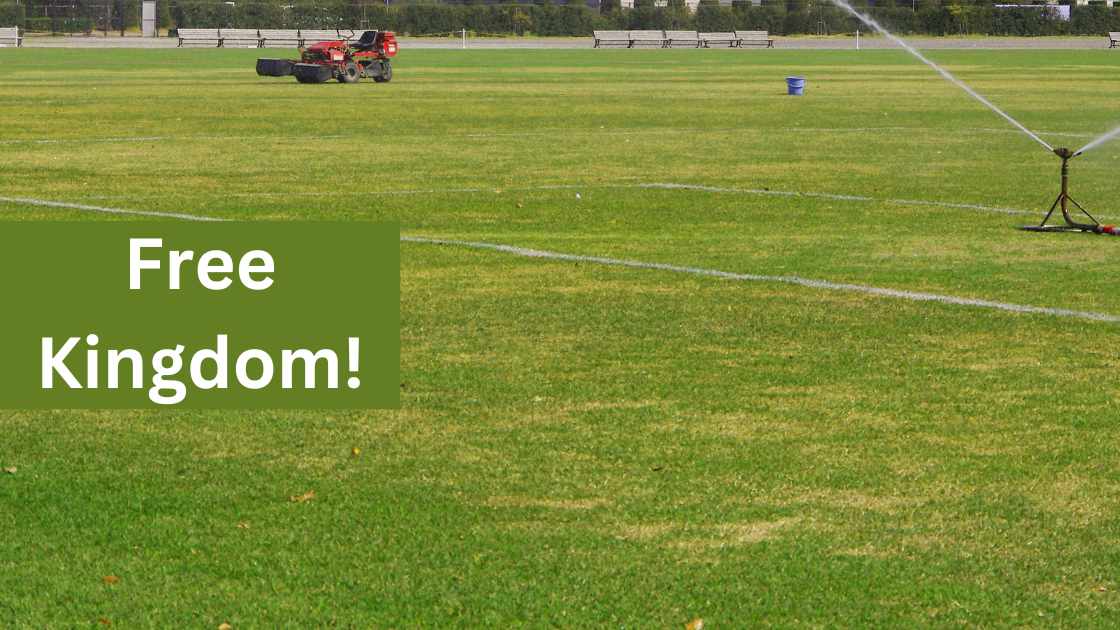Weeds, the unwanted intruders in our beloved gardens, can quickly wreak havoc on the health and beauty of our plants. To maintain a thriving garden, it’s crucial to stay on top of weed control. In this article, we’ll guide you through effective methods and expert tips on how to deweed your garden. Say goodbye to those pesky invaders and greet a flourishing oasis of greenery!
Understanding the Enemy: Identifying Common Garden Weeds
Before you embark on your weed control mission, it’s essential to familiarize yourself with the common culprits that invade your garden. Some prevalent garden weeds include dandelions, crabgrass, chickweed, and purslane. Learn to identify them by their appearance, growth habits, and root structures, as this knowledge will help you choose the most appropriate removal method.
Prevention is Key: Maintaining a Weed-Free Garden
The best way to combat weeds is by preventing their growth in the first place. Here are some preventive measures to keep your garden weed-free:
Mulching: Apply a layer of organic mulch around your plants to suppress weed germination and growth. Mulch also helps retain moisture and regulates soil temperature.
Proper spacing: Give your plants ample space to grow, allowing them to shade out potential weeds and reduce competition for nutrients.
Regular cultivation: Cultivate your soil regularly, breaking up the top layer to disrupt weed growth. However, be careful not to disturb the roots of your desired plants.
Weed Control Methods: Battling Weeds Head-On
Despite your best efforts, weeds may still find their way into your garden. When that happens, it’s time to take swift action using these effective weed control methods:
Hand-pulling: For isolated weeds or small gardens, grab a pair of gloves and get down on your knees. Gently grasp the weed near its base and pull it out, making sure to remove the entire root system to prevent regrowth.
Digging: For larger weeds with deep roots, use a garden trowel or a weeding tool to dig around the base of the plant. Lift the weed out, taking care to extract the entire root system.
Herbicides: When faced with an overwhelming weed infestation, herbicides can be a powerful tool. Choose a selective herbicide that targets specific weed types while leaving your desired plants unharmed. Follow the instructions carefully and apply it with caution, ensuring safety for yourself, other plants, and the environment.
Maintaining Weed-Free Beds: Best Practices
Once you’ve cleared your garden of weeds, follow these practices to maintain a weed-free environment:
Regular inspection: Routinely inspect your garden for any new weed growth. Catching them early makes removal easier and prevents further spreading.
Mulch refresh: Replenish your mulch layer annually or as needed to maintain weed suppression and moisture retention.
Companion planting: Planting companion plants that naturally deter weeds, such as marigolds or basil, can help reduce weed growth and add aesthetic value to your garden.
FAQs
What is the best time to deweed a garden?
The best time to deweed a garden is during the early stages of weed growth. Weeds are easier to remove when they are young and have not yet established a strong root system. Regularly inspect your garden for weed sprouts and tackle them promptly. By addressing weeds early, you can prevent them from spreading and causing further damage to your plants.
What is the most effective method to remove weeds from a garden?
Answer: The effectiveness of weed removal methods depends on the type of weed and the extent of the infestation. For small-scale or isolated weeds, hand-pulling is a common and effective method. Make sure to grasp the weed near its base and pull it out, ensuring the complete removal of the root system. For larger weeds with deep roots, using a garden trowel or weeding tool to dig around the base and lift the weed out can be more effective. In cases of severe infestation, selective herbicides can be used, but they should be used with caution and following the instructions provided.
How can I prevent weeds from coming back after deweeding?
To prevent weeds from regrowing and maintaining a weed-free garden, several practices can be adopted. Mulching is a popular method as it suppresses weed germination and growth by blocking sunlight and creating a physical barrier. Apply a layer of organic mulch around your plants, ensuring it is at least two to three inches thick. Regular cultivation of the soil also helps disrupt weed growth by breaking up the surface and exposing weed roots to air. Additionally, proper spacing between plants allows them to shade out potential weeds and reduces competition for nutrients. Regular inspections and prompt removal of any new weed growth will further help in maintaining a weed-free garden environment.
Conclusion
Deweeding your garden is an ongoing task, but with the right knowledge and methods, you can keep your garden flourishing and weed-free. By identifying weeds, preventing their growth, and utilizing effective control methods, you’ll be able to maintain a healthy and vibrant garden that will be the envy of your neighborhood. Get ready to enjoy the fruits of your labor and revel in the beauty of your weed-free oasis!




